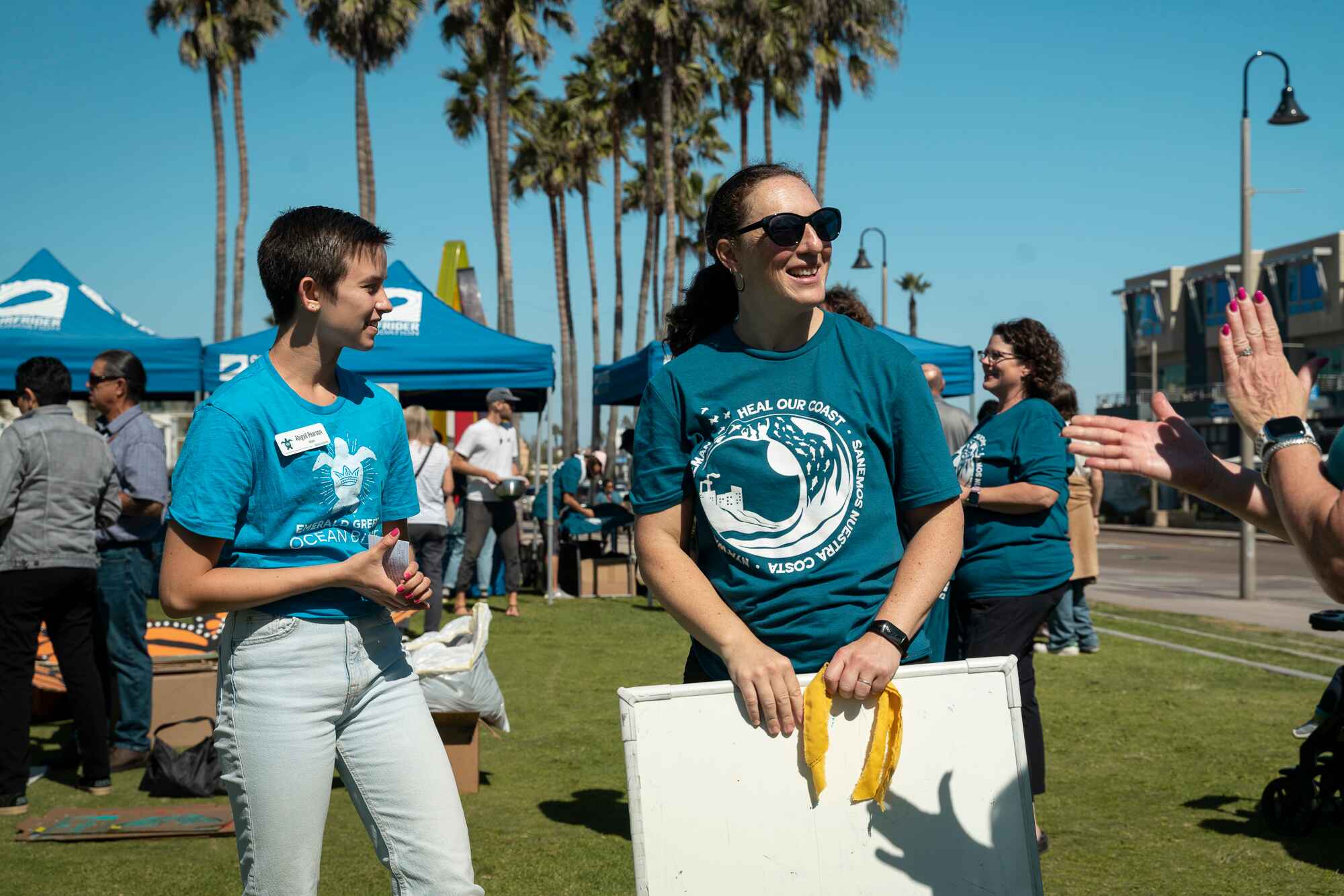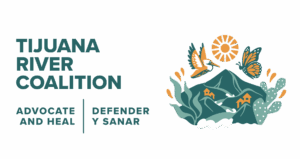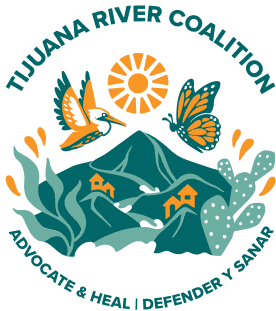What We Do

We work collaboratively
to build community, share information, advocate for solutions, and elevate community voices in our effort to address the ongoing public health crisis in the Tijuana River Watershed.
To do this, we work in five key areas of focus.
Five Areas of Focus
Public Health
Untreated sewage and industrial waste polluting the water and air in the San Diego/Tijuana region are leading to immediate and long-term illnesses, including impacts to mental health. Those especially vulnerable include children, older adults, and immunocompromised community members. Working-class, border-area communities that predominantly identify as Latino/x disproportionately bear the brunt of negative health impacts and tend to have less access to public health resources and decision-making processes.
Ecological Impacts
The Tijuana Estuary - the largest coastal wetland in Southern California, one of the few remaining salt marshes, and home to over 370 bird species - is one of the many unique and threatened ecosystems located in the Tijuana River Watershed. Habitat destruction and loss of species diversity from transboundary pollution are having devastating consequences for local and migrating wildlife populations and ecosystem health overall.
Coastal Access
Transformational experiences in the outdoors support the wellbeing of children, youth, and individuals and build community. With toxic conditions in the Tijuana River Valley and beyond, generations of children are now losing the opportunity to safely engage with nature and develop the connections that drive environmentally protective decisions and behaviors. Those with cultural and spiritual connections to the land and water are being cut off from areas of significance and practice.
Economic Impacts
Communities on both sides of the border support strong local, regional, and national economies. Beach closures and health impacts have put multi-sector businesses at great risk, especially in the tourism industry. When children and adults get sick, they miss school and work. Some businesses have been forced to lay off staff and close their doors, while many residents have lost their livelihoods, and with it, their access to healthcare.
National Security
For generations service members and first responders have trained, worked, and performed life-saving rescues in the Tijuana River Valley and Southern California coastlines. U.S. Navy SEALS, Coastguard, Border Patrol Agents, Lifeguards and more now risk significant illness by performing their job duties, threatening important operations, public safety, and national security.

